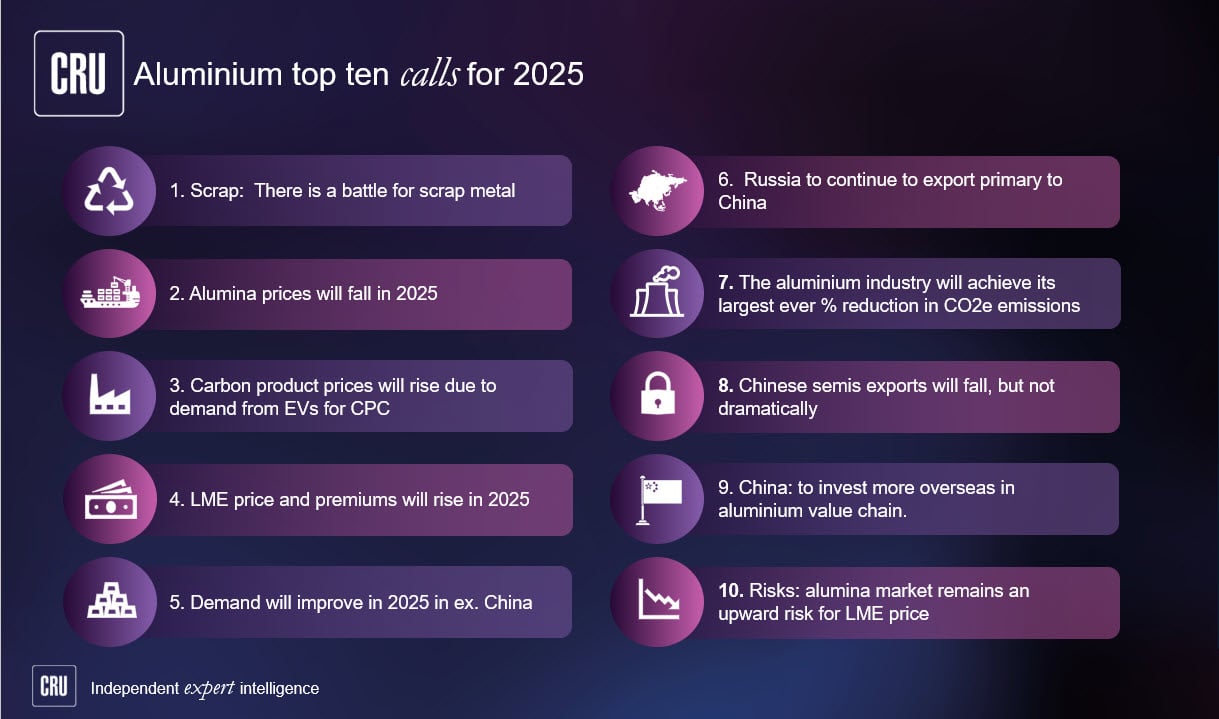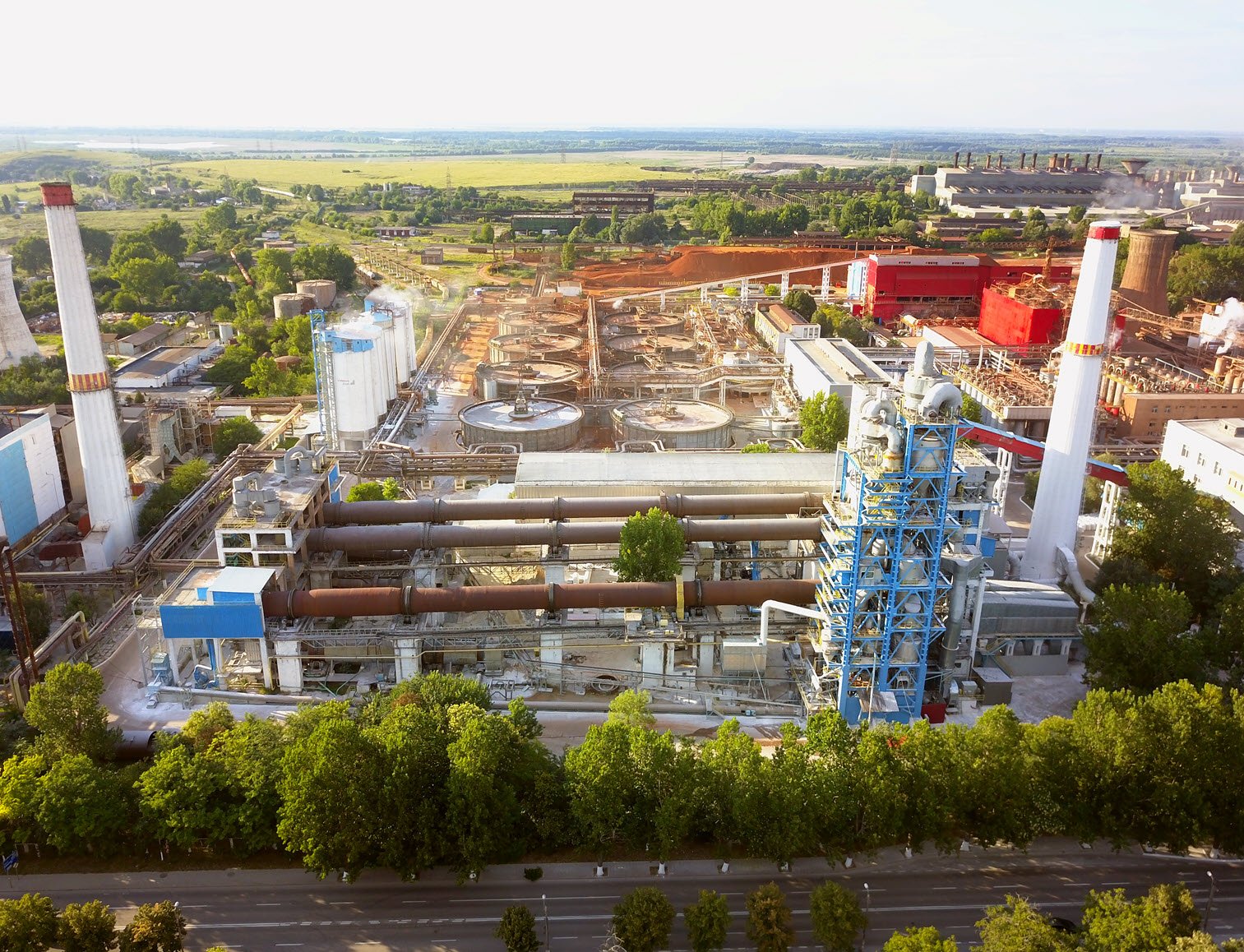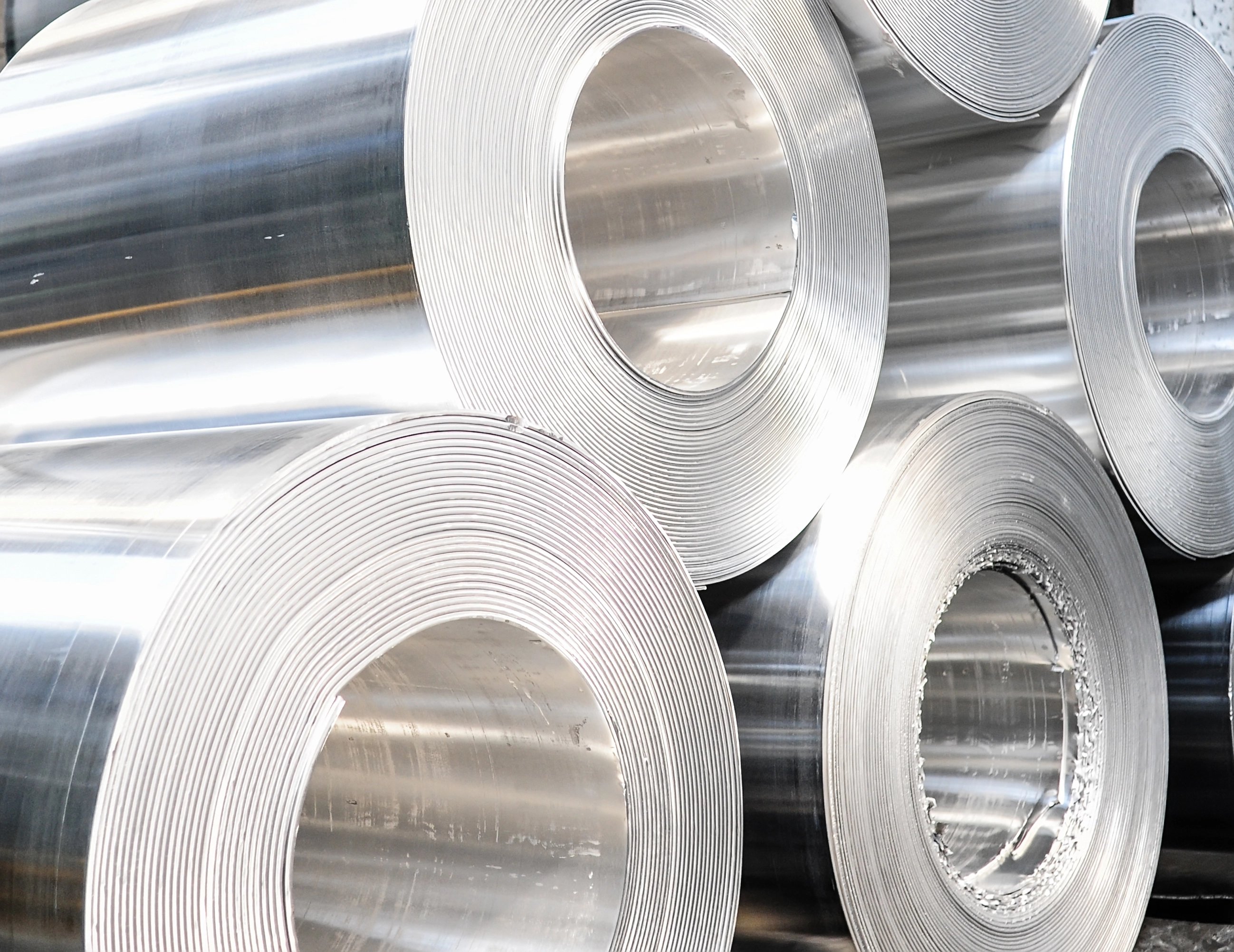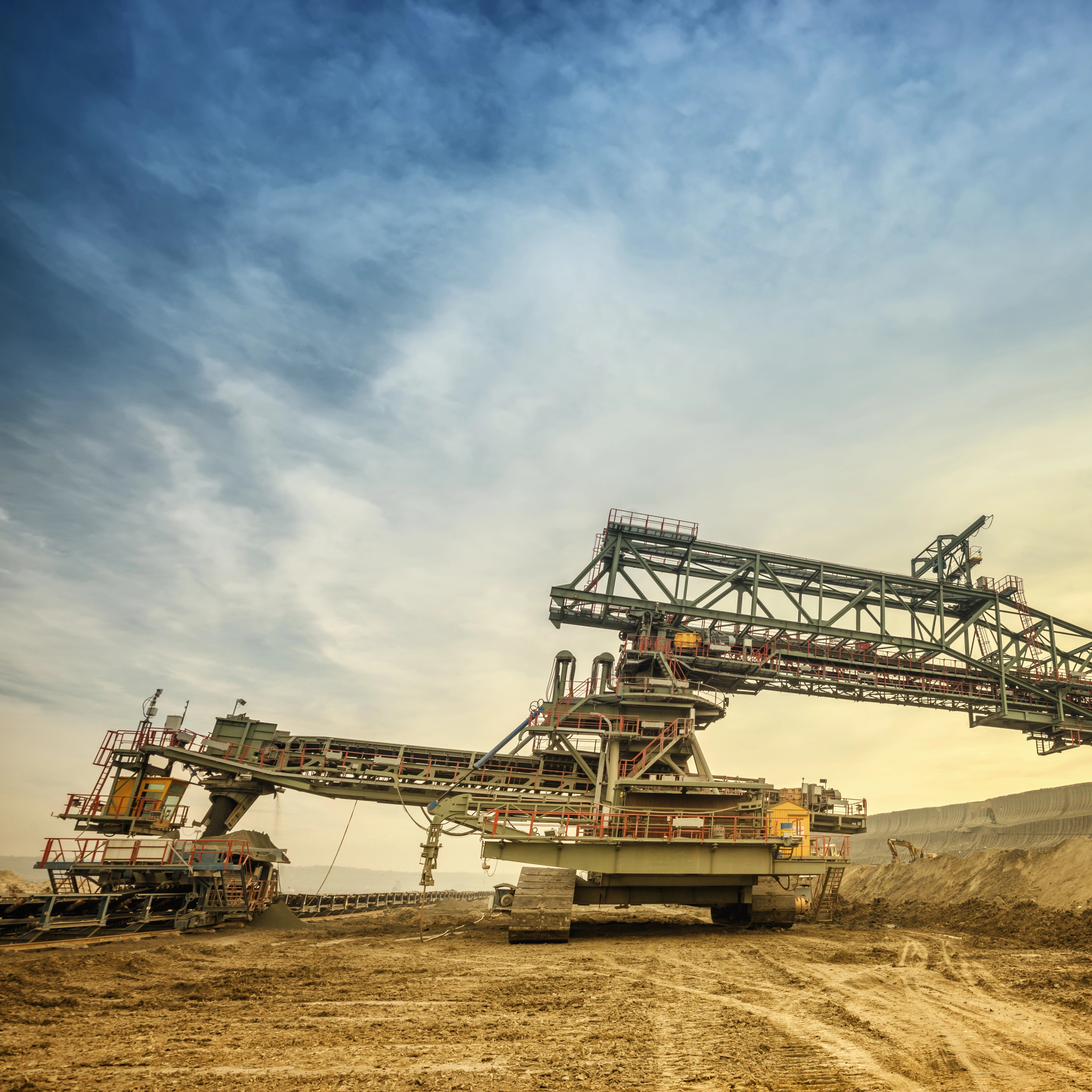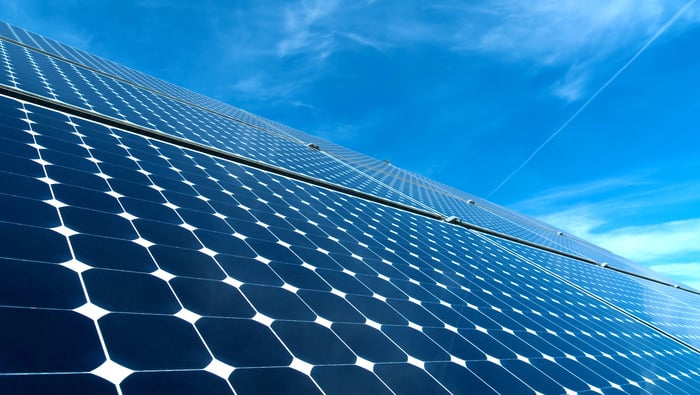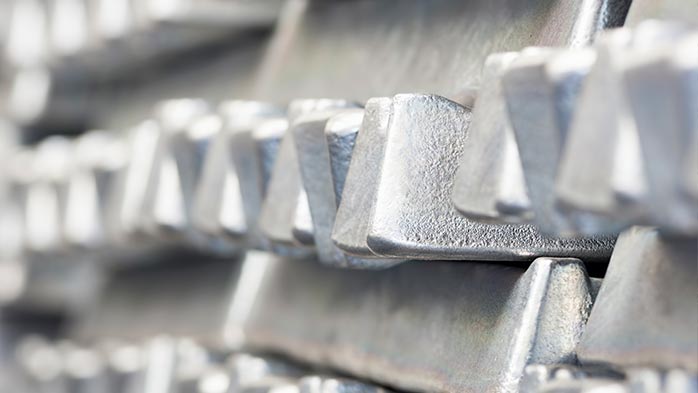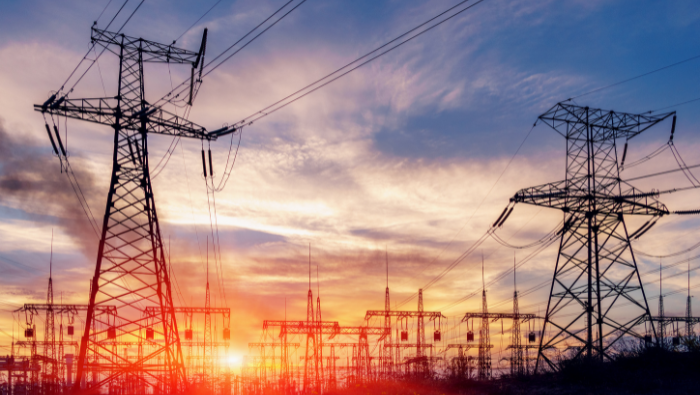166 years ago, in 1851, was the last time two Atlantic Category 4 hurricanes hit the United States in the same year. The regions ravaged by Hurricane Harvey and Hurricane Irma face a recovery period that will last many months.
It is too soon to realise the full impact of these hurricanes but we can start to assess the likely impact on the US aluminium market. There are two key questions that need asking: how quickly will the repairs and replacements happen? And, how significant will any increase in demand for aluminium products be?
Extensive vehicle damage will boost near-term demand
Over one million cars and light trucks were damaged or destroyed by the hurricanes and will need to be replaced; in addition, a large number of commercial vehicles and recreational boats will be replaced. It will take months for the insurance claims to be processed and, of course many of the dealer lots will need to be replenished as stock at many of these have been damaged.
We expect sales of cars and light trucks to be reduced in September due to the storms’ impact on local dealerships and people’s ability to buy; however, in the near-term, we expect delayed purchases together with demand for replacement cars and light trucks to result in a pick-up in demand for vehicles. However, the US auto industry has built up a 70-day/4.2 million unit inventory over the past few years. The additional demand for replacement vehicles may dent the inventory but the huge available stock is far in excess of likely replacement demand.
At this point, we do not believe this will result in increased automotive production; however, the additional demand could prevent the expected drop in production volumes.
Non-residential repairs to start quickly but residential will take more time
The total extent of the damage sustained to residential and non-residential buildings and structures is, even now, still being assessed. Two major US cities, Miami and Houston, were hit hard by the storms and many high rise buildings, office buildings, malls, and other commercial real estate will need to be either extensively repaired or rebuilt completely.
The building repairs will increase demand for aluminium building sheet and extruded products over the near term. Unlike in the automotive market, demand for aluminium building products will be felt quickly as supply of building products is been tight and there is not stock available to meet immediate demand. For example, the rebuilding effort in Florida will be especially beneficial to extruders because extruded-aluminium patio enclosures are both popular and commonly damaged by the storms; under normal circumstances there is commonly several weeks lead time to fulfil orders.
Multi-layer infrastructure repairs necessary
The hurricanes have created a need for several layers of infrastructure to be rebuilt and replaced. Large projects to repair or rebuild roads and bridges will be undertaken, which will require aluminium poles, road signs, guard rails, light poles, etc.
Damage to metal on the ground
There are no LME warehouses in Texas or Florida, so there is little risk to the availability of warehouse stocks—as was the case when Hurricane Katrina hit New Orleans in 2005—but both Houston and Miami are large ports so quantities of primary metal, aluminium products, such as billet, rolled products and extrusions stored in private warehouses could tighten local supply at the same time as demand is strengthened by reconstruction.
Scrap yards to see surge in vehicle scrap
With major storms like Harvey and Irma comes increased scrap generation. Scrapped vehicles will create a large inflow of aluminium auto body sheet, wheels, castings, and extrusions. Aluminium substitution for steel in autos has been increasing for many years and it is especially true of light-trucks, which are popular in Texas—such as the all-aluminium F-150s. The new vehicles being scrapped well ahead of expected will eventually feed into secondary aluminium smelters, and while it will feed into our aluminium scrap forecasts, the overall impact on the scrap market.
The scrap market is well developed for aluminium, with products producers sending surplus and waste material from their production processes back to the source primary producers. The scrap generated from the hurricanes will generate zorba and twitch. The US is an exporter of zorba to China, but recently export volumes to China have been decreasing; additional domestic supply at a time when export markets are shrinking is likely to have an impact on domestic prices. While twitch is the main feedstock for the A380 die casting alloy, we do not see that a significant increase in supply as a result of the hurricanes would be consumed in the US market and is more likely to be exported for reprocessing.
CRU View
The most significant impact on the aluminium market from the storms will be felt over coming months, when repair and replacement of vehicles, buildings and infrastructure starts. While a large number of vehicles will need to be replaced, current inventory will be able to handle the additional demand. There is likely to be local market tightness for aluminium building products, but more information on the extent of the damage, and the implications for the aluminium market will become evident in the weeks ahead, and CRU will be keeping an eye on this developing situation.







